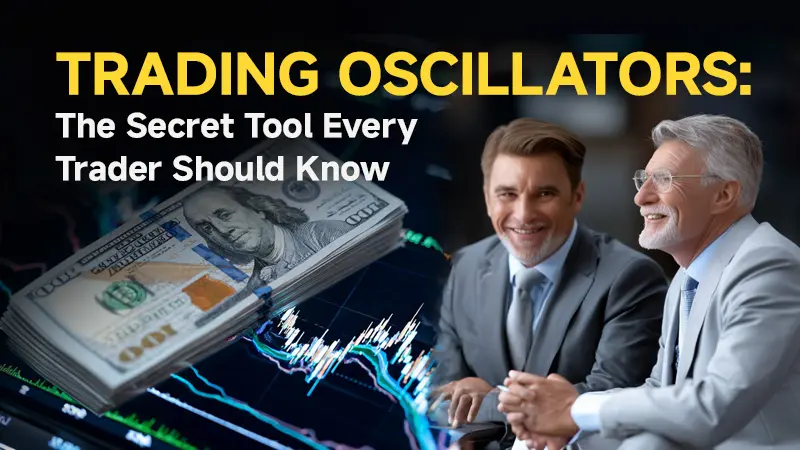简体中文
繁體中文
English
Pусский
日本語
ภาษาไทย
Tiếng Việt
Bahasa Indonesia
Español
हिन्दी
Filippiiniläinen
Français
Deutsch
Português
Türkçe
한국어
العربية
EUR/USD at a Critical Juncture: Can the 1.13 Level Hold?
Abstract:EUR/USD is caught in a tug-of-war, with 1.13 acting as a pivotal level that may determine the next major move.

In recent sessions, the euro-dollar pair has been hovering around the 1.1300 mark, showing signs of hesitation and consolidation. On May 8, EUR/USD traded within a tight range during the North American session, lacking clear momentum in either direction. With mixed fundamental signals and narrowing technical indicators, the currency pair now stands at a critical crossroads.
From Peak to Range-Bound
Since reaching a high of 1.1572 earlier this year, EUR/USD has retreated and is now consolidating near 1.1300. Technically, the pair remains within a broader ascending channel, currently testing its lower boundary. Bollinger Bands show the price above the midline but with narrowing upper and lower bands, indicating declining volatility and a potential buildup for a breakout. MACD momentum appears weak, and the RSI remains in neutral territory, reflecting investor indecision. If the 1.1300 support level breaks, further downside toward 1.1200 or even 1.1000 is possible. Conversely, a firm rebound above 1.1300 could open the door to retesting resistance at 1.1420.
A key factor behind the euro's recent consolidation is the growing divergence in monetary policy between the European Central Bank (ECB) and the U.S. Federal Reserve. Market expectations point to another ECB rate cut in June, as the central bank seeks to support a slowing eurozone economy. ECB officials have expressed confidence in bringing inflation back to the 2% target, which adds to the markets dovish expectations.
On the other hand, the Fed has left interest rates unchanged for the third consecutive time and maintains a cautious tone. While some market participants hope for rate cuts later this year, the Fed appears in no rush to pivot, giving the U.S. dollar a relative edge.
In the background, the European Union is also considering retaliatory trade measures against U.S. tariffs. If implemented, these actions could spark renewed market risk aversion, potentially supporting the dollar and weighing on the euro.
Mixed Signals and Growing Uncertainty
From a broader perspective, the market faces the challenge of conflicting signals. While eurozone monetary easing dampens the euro's prospects, the dollars gains are capped by the Fed's cautious stance and concerns over global trade tensions.
Technically, the narrowing range indicates that a breakout may be near, but the direction remains unclear. Investors are waiting for stronger economic indicators or policy cues before committing to a directional bias. Volatility remains subdued, increasing the risk of sharp movements once a trigger emerges.
Risk Management Is Crucial
For traders, the current environment calls for prudence. With no clear trend in place, short-term strategies may focus on range-bound trading between 1.1200 and 1.1420, with special attention to price action around the 1.1300 level. Medium-term positioning should incorporate both central bank policy trajectories and evolving trade dynamics.
Given the cautious sentiment in the market and limited appetite for risk, EUR/USD may continue to oscillate within its current range until a decisive catalyst appears. Traders should stay flexible and avoid aggressive bets ahead of critical data releases or policy announcements.
EUR/USD is facing a crucial test at the 1.1300 level — a zone that holds both technical and psychological significance. With monetary policy divergence deepening and global economic uncertainties on the rise, this level may act as a turning point for the pair. For now, patience and disciplined risk management are essential as the market awaits a clear signal to break out of the current stalemate.
Understanding MACD
The MACD (Moving Average Convergence Divergence) is a popular technical analysis tool used by traders to identify shifts in momentum and potential trend reversals. It consists of three components: the MACD line (usually the 12-day EMA minus the 26-day EMA), the signal line (typically a 9-day EMA of the MACD line), and a histogram that shows the difference between the MACD and the signal line.
When the MACD line crosses above the signal line, its considered a bullish signal, suggesting that the price may rise. Conversely, when the MACD line crosses below the signal line, it's seen as bearish, indicating potential downward momentum. The histogram helps visualize the strength of this momentum — larger bars show stronger divergence between the two lines.
Example: Suppose EUR/USD has been rising steadily, and the MACD line crosses above the signal line while both are below zero. This might suggest a potential recovery from a recent downtrend but still within a bearish zone overall. On the other hand, if the MACD crosses below the signal line near the top of a recent rally, it might signal the beginning of a pullback.
In the current EUR/USD scenario, the MACD value is slightly negative, with the MACD line diverging below the signal line and the histogram turning red. This setup implies weakening bullish momentum and raises the likelihood of a further decline unless momentum reverses quickly. Traders often use MACD in conjunction with other indicators like RSI or Bollinger Bands for confirmation, helping them make more informed trading decisions in sideways or trending markets.
Understanding how to interpret MACD signals, especially at key price levels like 1.1300, can help traders anticipate breakouts or identify potential reversals with greater confidence.

Disclaimer:
The views in this article only represent the author's personal views, and do not constitute investment advice on this platform. This platform does not guarantee the accuracy, completeness and timeliness of the information in the article, and will not be liable for any loss caused by the use of or reliance on the information in the article.
Read more

Trading Oscillators: The Secret Tool Every Trader Should Know
If you’ve ever looked at a trading chart and wondered how traders know when a price is “too high” or “too low,” the answer often lies in trading oscillators. A trading oscillator is a type of technical indicator that helps traders measure the momentum of price movements. In simple terms, it tells you when a currency pair, stock, or commodity might be overbought or oversold — which can signal a potential reversal.

Is Amillex Safe or a Scam? Understanding Rules and Security
You are asking an important question: Is Amillex safe or a scam? The simple answer is that Amillex works in an unclear area that needs careful study. It is not a complete scam like fake websites that steal your money right away, but it also does not meet the safety rules of the best, well-regulated brokers. Read on to explore more details.

Voices of the Golden Insight Award Jury | David Bily, Founder and CEO of Moneta Markets
WikiFX Golden Insight Award uniting industry forces to build a safe and healthy forex ecosystem, driving industry innovation and sustainable development, launches a new feature series — “Voices of the Golden Insight Awards Jury.” Through in-depth conversations with distinguished judges, this series explores the evolving landscape of the forex industry and the shared mission to promote innovation, ethics, and sustainability.

ASIC Launches Preliminary Investigation into Clime Australian Income Fund
The Australian Securities and Investments Commission (ASIC) has launched a preliminary investigation into the Clime Australian Income Fund, examining whether the Fund’s Target Market Determination (TMD) and Product Disclosure Statement (PDS) comply with Australian financial regulations. The investigation will also assess whether any breaches of the law have occurred in relation to the Fund’s investment activities.
WikiFX Broker
Latest News
Is Nash Markets Regulated or Risk? Truth About Nash Markets’ License & Withdrawal Issues
Webull Widens Crypto Futures with Coinbase Derivatives
Latest FCA Daily Alerts and Consumer Warnings for 2025
CySEC Blocks Certification Access to Combat Advisor Impersonation
Angel one 2025 Review & Complaints
Exclusive Markets Under the Scanner: Traders Report High Swap Charges, Deposit Discrepancies & More
Voices of the Golden Insight Award Jury - Simon So, Chief Experience Officer of Hantec Financial
PINAKINE Broker Review: A Complete Look at Its Services and Risks
Pinched By Penny Shortage, US Retailers Beg Congress To Step In
PINAKINE Broker India Review 2025: A Complete Guide to Safety and Services
Currency Calculator




